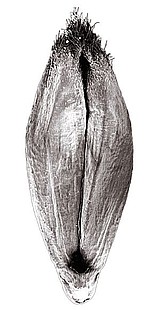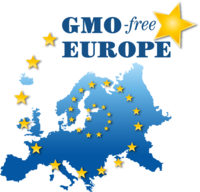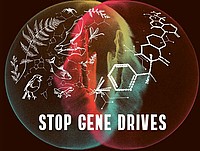Save Out Seeds Nachricht
17.11.2014 | permalink
Rediscovering native American heritage seeds

A retired professor and Abenaki native hunts for the seeds so the crops can be grown again. Frederick M. Wiseman has gone down many paths to track down heirloom crops grown by New England’s indigenous peoples. Wiseman, an Abenaki native and retired professor of humanities at Johnson State College, is director of The Haven Project in Swanton, Vermont. He and his colleagues recently gave some of the heirloom seeds they’ve discovered to the Passamaquoddy tribe in Maine, a gift that will help the tribe move forward with its food sovereignty project. The project, called “Seeds of Renewal,” has so far recovered 20-25 crops indigenous to the Wabenaki area, which includes the Passamaquoddy and ranges from Lake Champlain into the Canadian Maritimes. Often, Wiseman has found seeds that records show were given to white settlers by the Indians. In that way, his group has unearthed heritage ground cherries and “a very interesting, completely white-seeded sunflower.” The Passamaquoddy received those, along with seeds for Jacob’s cattle and marfax beans, commercial varieties that are believed to be indigenous to Maine. Wiseman has gathered crops from indigenous seed savers all over North America, including one bean from Colorado and several items from Manitoba. He found two crops – Norridgewock beans and Abenaki rose corn – from an area where the Abenaki village of Norridgewock used to stand. The English destroyed the village in the early 1700s, “and many Passamaquoddy are descended from refugees from that massacre,” he said. In Manitoba, Wiseman found a “tiny little” variety of corn called gaspe, like the Gaspe Peninsula, that doesn’t grow anywhere in the United States. Early explorers along the coast of Maine mentioned it, however. “The Passamaquoddy lived along coast, possibly all the way down to the Kennebec River, so I made the argument to them that (the corn) is probably also ancestral to them,” he said. Some of these indigenous crops can be tricky to grow, so Wiseman advised the food sovereignty group that, for example, they’ll have to keep their indigenous corn and squash at least a mile away from modern varieties so they don’t cross pollinate.





